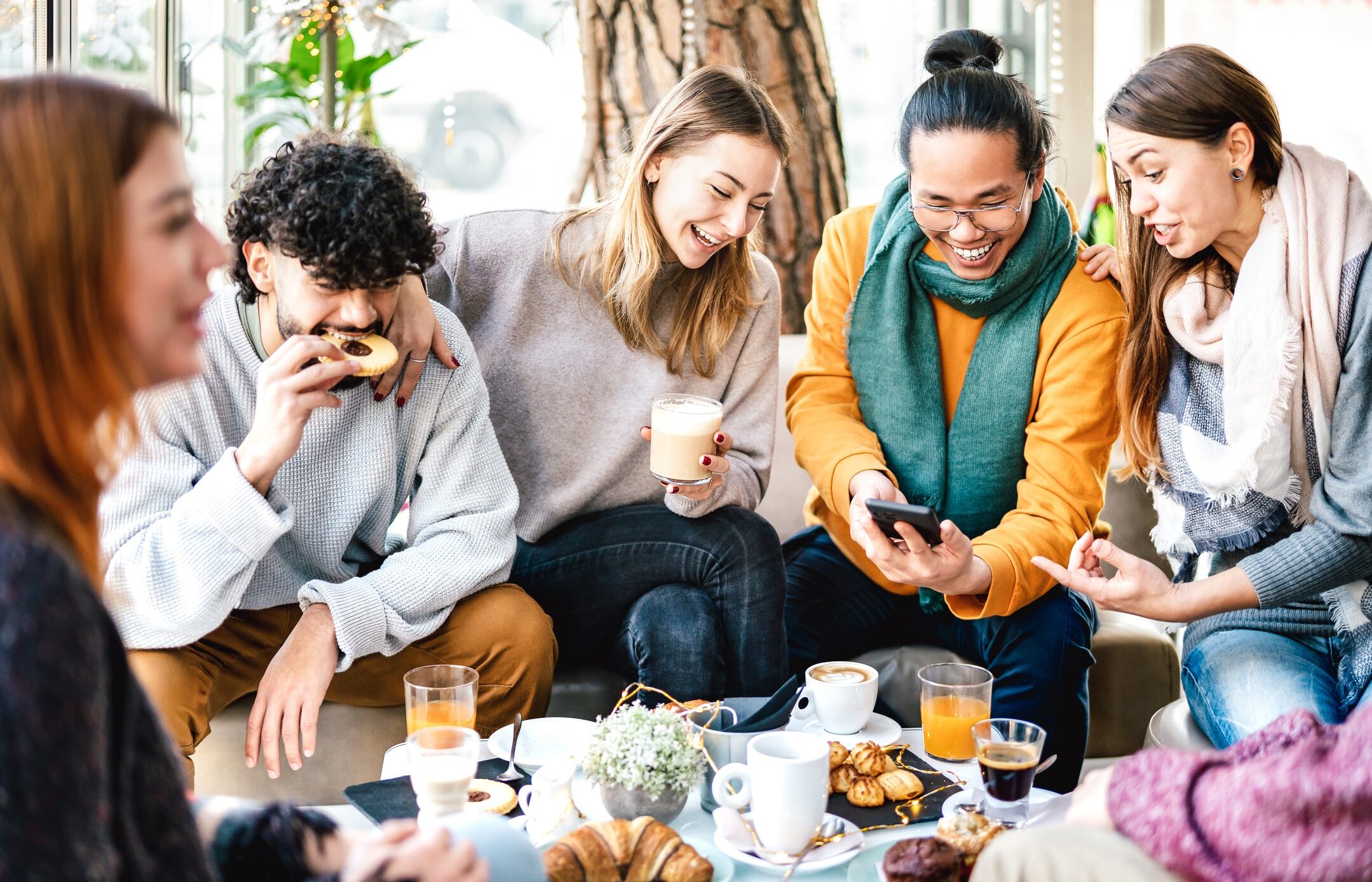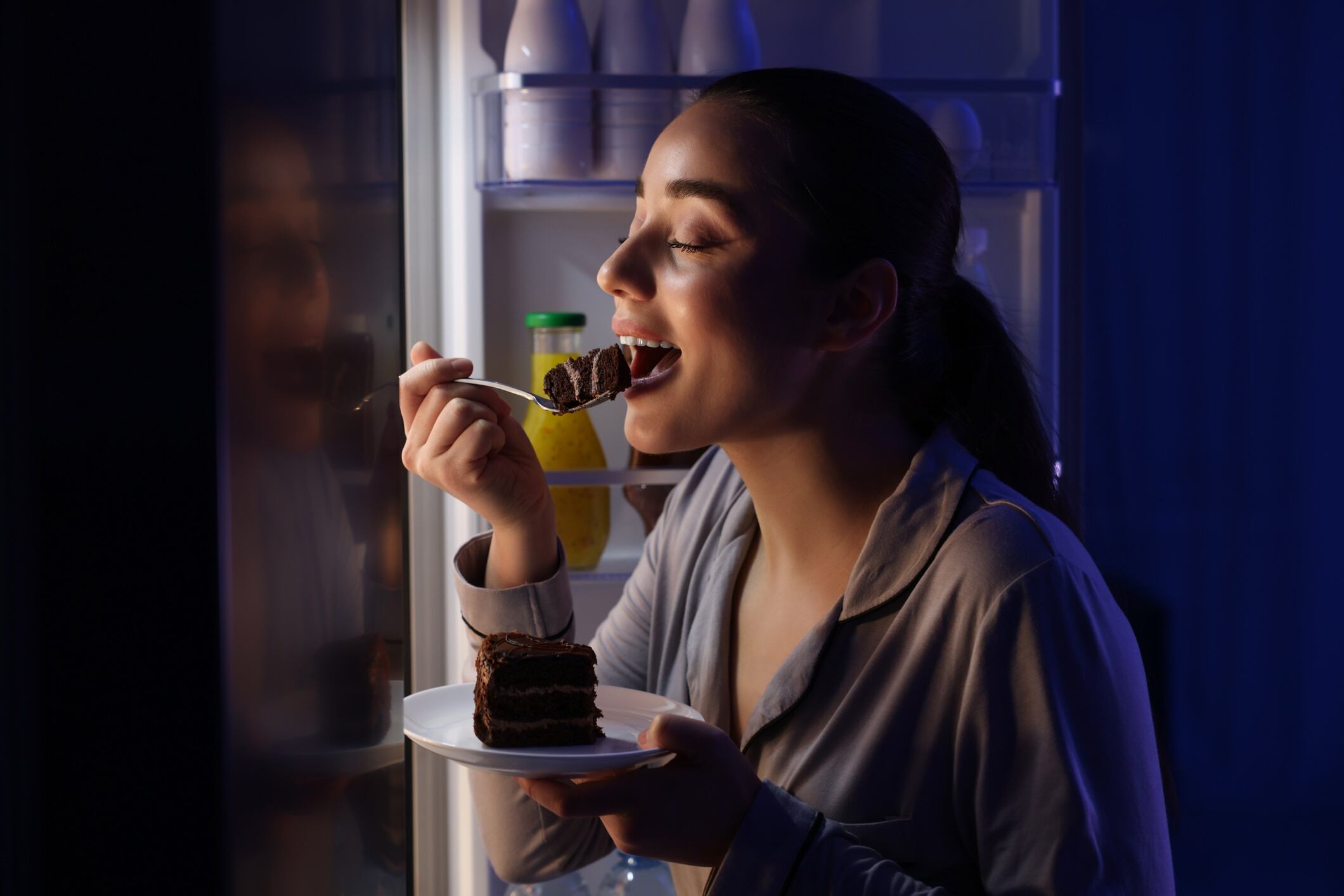Snacking in 2025 has gotten emotional – and the data shows it’s shaping what, when and why people eat between meals.
Cargill’s latest consumer study moves past functional benefits to explore the moods, moments and motivations behind today’s snacking behaviour – offering brands fresh insight into how to meet consumers where they are.
“We wanted to move past the what and dive into the why,” said Jana Mauck, marketing manager at Cargill. “Why are people making these choices? What are the deeper needs snacks are satisfying?”
To find out, Cargill surveyed more than 4,400 US consumers – spanning teens to adults – in November 2024.
The goal was to uncover unmet emotional and behavioural needs that drive snacking decisions, offering a more complete picture of modern consumption. And it’s a pattern echoed across the industry – it’s not always about protein, fibre or functional claims. Sometimes, snacking is simply about feeling better – or, frankly, feeling something.
Profiling the snacking psyche

From the data, three distinct snacking personalities have emerged, each representing a clear behavioural profile brands can target with tailored innovation and messaging.
Impulse Munchers snack on instinct, often driven by boredom, stress or convenience. While 78% admit to feeling guilty afterwards, taste almost always trumps nutritional intent. These are the consumers reaching for whatever satisfies in the moment – even if it clashes with their longer-term goals.
For manufacturers, this segment presents an opportunity to marry indulgence with permissibility – think portion-controlled formats, satisfying textures or better-for-you twists on nostalgic favourites.
“There’s a real opportunity here to deliver satisfaction without compromise,” noted Mauck.
Emotional Snackers use food as emotional support. These consumers snack in private – typically in response to stress or anxiety – with 92% saying they snack when anxious and 90% expressing guilt afterward. While 87% wish they made healthier choices, emotional comfort takes precedence over function.
For brands, the opportunity lies in meeting emotional needs and aspirations – for example, offering familiar flavours with improved nutritionals or formats that feel indulgent but support wellbeing.
Guiltless Grazers are perhaps the most liberated of the bunch. Snacking isn’t seen as a vice – it’s simply part of the daily routine. Two-thirds of this group snack continuously throughout the day and 80% do so when bored. These consumers prioritise pleasure over function and aren’t bound by restrictive eating patterns.
Innovation aimed at this segment can embrace bold, fun flavours and explore creative formats – snackable kits, mix-and-match textures or ever-rotating flavour drops that keep engagement high.
Occasion over demographics

One of the study’s key findings is that these snacking profiles aren’t tied to demographics, but rather to context.
The same consumer might be a Guiltless Grazer during the workday, then slip into Emotional Snacker territory after a long evening commute. A teenager might carefully curate their morning snacks but cave to impulse by midnight. A working parent could shift across all three personas in a single day, depending on stress levels, availability and environment.
“Rather than focusing strictly on age, gender or income, brands should be thinking in terms of snack occasions,” said Mauck. “What emotional or environmental moment is the consumer in – and how can your product show up for that?”
This occasion-based lens unlocks richer innovation potential. A snack designed for after-school decompression serves a different purpose – and requires a different approach – than one aimed at mid-afternoon boredom or late-night indulgence. Recognising these emotional drivers enables brands to tailor everything from flavour profiles and formats to portion size and packaging strategy.
From consumer insight to commercial opportunity

Cargill’s research provides a roadmap for translating emotional motivations into product features with real relevance for product developers, marketers and brand strategists.
Rather than chasing trends for trend’s sake, brands should align their portfolios with actual consumer mindsets – delivering snacks that satisfy not just hunger, but specific emotional and lifestyle needs. This could mean reformulating indulgent snacks with stealth health improvements for Impulse Munchers; creating comfort-centric positioning for Emotional Snackers; or prioritising novelty and variety for Guiltless Grazers.
Packaging also plays a role. Single-serve convenience appeals to Impulse Munchers. Emotional Snackers might respond to calming cues, soft colours or ‘me-time’ messaging. And Guiltless Grazers expect snack brands to keep things fresh – literally and creatively.
“Snackers aren’t one-size-fits-all – not even within the same household,” said Mauck. “But if brands can speak to how people feel, not just what they need, they’re far more likely to earn a lasting place in the rotation.”
This study complements Cargill’s earlier 2024 research into health-forward snacking, offering a fuller view of the duality shaping the category: aspirational wellness on one side, emotional gratification on the other. The real sweet spot? Creating products that speak to both.
“At the end of the day, people want snacks that reflect how they live – not just how they think they should live,” said Mauck.
The takeaway? As functional snacking evolves, so too must our grasp of the emotional dynamics behind consumer behaviour. Whether it’s stress relief, boredom, indulgence or routine, snacking is driven by layered motivations – and the brands that design with that complexity in mind will be best positioned to connect and endure.
Snack mindsets: It’s all in the why
Cargill’s study segments emotional and lifestyle-led snackers into three core personas:
Impulse Munchers
Driven by: Cravings, boredom and in-the-moment satisfaction.
Guilt factor: High (78% feel remorse post-snack).
Key insight: Taste wins, even when it shouldn’t.
Impulse Munchers snack instinctively. Whether it’s a candy bar grabbed at the checkout or a handful of chips mid-Zoom call, these consumers often snack without planning. Most say they feel bad about their choices - and many express a desire to eat better - but that intention rarely survives the moment of temptation. In these micro-moments, taste is king.
“This is where brands can offer solutions that blend indulgence with better-for-you cues,” said Mauck. “Mini formats, portion-controlled packs, or snacks with lower sugar but high flavor appeal can really resonate with this segment.”
Emotional Snackers
Driven by: Stress, anxiety and emotional regulation.
Guilt factor: Even higher (92% snack when anxious or stressed, 90% report guilt afterward).
Key insight: Snacking is self-soothing but often secretive.
These snackers use food as a balm - a way to unwind or decompress after emotionally taxing days. Their choices are often made alone and in private, and they gravitate toward snacks that provide comfort, not calories. While most wish they made healthier choices, nutrition takes a back seat to emotional relief. The intensity of guilt among Emotional Snackers is telling: 87% say they wish they chose healthier snacks, but few actually do. For brands, the opportunity lies in creating emotionally comforting products that still support wellness goals - think nostalgic flavors with cleaner labels or cozy, carb-based snacks with protein or fiber benefits subtly woven in.
Guiltless Grazers
Driven by: Routine, pleasure and all-day eating habits.
Guilt factor: Low to none (They own their choices).
Key insight: Snacking isn’t a lapse, it’s a lifestyle.
This group embraces snacking as part of their daily rhythm, with two-thirds saying they graze throughout the day. Boredom is a major trigger (80% snack when bored) but instead of feeling shame, they lean into indulgence. For Guiltless Grazers, snacking is not just acceptable — it’s enjoyable and deserved.
“This is the segment where bold flavors and new formats thrive,” Mauck noted. “They’re not looking to snack less. They’re looking to snack better — and more interestingly.”



